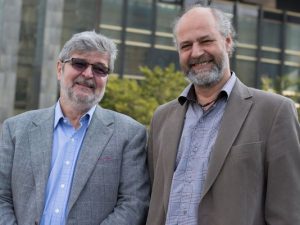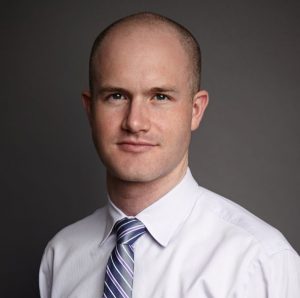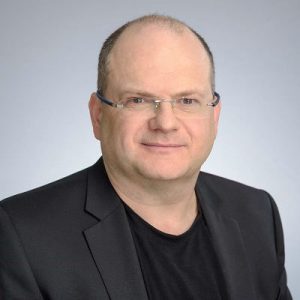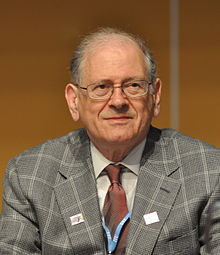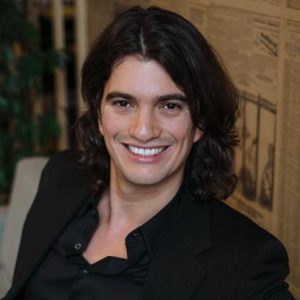Peter Beck : The Rocket Man from New Zealand
There has always been a debate between people about the need of education to get successful in life. Some are who really stress over completing the education to achieve the goals, and some are who can’t wait to get to their dreams for so long so that they just skip the higher education. But in the success story of this Kiwi startup entrepreneur, Peter Beck, the case was a bit different.
Beck, who was a sharp student, had to quit education after high school, as there was no such curricular course that could lead him to his targets. This engineer from New Zealand is just not one of the best visionary rocket scientists but also a skilled businessman, who knows how to sell his idea to the right people.
Early Life
Beck was born and brought up in Invercargill, New Zealand, to a
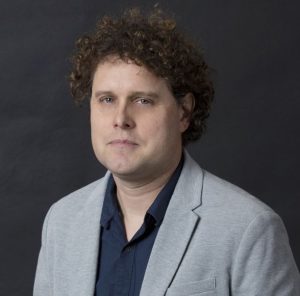
According to one of his interviews, one day the career counsellor from his high school administration called his parents up and told them that the school did not have any courses that could fit to help Beck achieve his dreams, rather his goals were “absurdly unachievable”.
Career
Since it was clear that there was no relevant educational course for Beck in school, just after finishing high school, Beck moved to East Tamaki, New Zealand, where he joined Fisher & Paykel for an apprenticeship, at the age of 17. He not only became familiar with the top of the line machinery and materials there but also kept on experimenting with his mini rockets at the workshops.
In 2001, he started working at the Industrial Research (now Callaghan Innovation). This was the place where he met one of the future investors of Rocket Lab, Stephen Tindall.
Founding Rocket Lab
His passion for rockets led him to work hard and found his start-up company Rocket Lab, in 2006. As the name suggests, the company was dedicated to building rockets and satellites. The company received its seed funding from New Zealander internet entrepreneur, Mark Rocket. Beck became the CEO and the CTO of the company and appointed Mark Rocket as its co-director.
It was in 2009 when Beck successfully launched the company’s first suborbital sounding rocket, named ?tea, becoming the first private company in the Southern Hemisphere to reach space.
In 2010, Rocket Lab received a contract from the U.S. government, under which, the company had to study a low-cost space launcher to place CubeSats into orbit. The contract was under NASA, meaning that the Rocket Lab could use all its resources as per the requirement.
In 2013, Beck entered the Silicon Valley, to raise funding for Rocket Lab’s next big project, a two-stage launch vehicle, the Electron. Beck had a time of three weeks, and he knew to whom pitch for the investment. Rather than going to every other venture capitalist, he focussed on the ones who had already invested in such projects and had known about it. Finally, he managed to secure A-round funding from Khosla Ventures, the venture capitalists, who have already invested in a few so projects.
The first commercial launch of Electron occurred on 11 November 2018, from Mahia Peninsula. It carried satellites for Spire Global, GeoOptics, a CubeSat built by high school students, and a prototype of a drag sail to the orbit.
The company has received funds worth $25m from the New Zealand government over the past few years. But still, the company has got more investments from the Silicon Valley companies including Khosla Ventures, Bessemer Venture Partners, Data Collective, Promus Ventures, Lockheed Martin and Stephen Tindall’s K1W1, making it legally a U.S. company.
Personal Life
Beck is married and has two children. His wife is also an engineer.
Royal Aeronautical Society, awarded Beck the Meritorious Medal for service of an exceptional nature to New Zealand aviation and a Cooper Medal. In 2014, he was awarded the Innovation in Design and Engineering Award at the NZ Innovators Awards. In 2016, he was named EY Entrepreneur of the Year.

Yashica is a Software Engineer turned Content Writer, who loves to write on social causes and expertise in writing technical stuff. She loves to watch movies and explore new places. She believes that you need to live once before you die. So experimenting with her life and career choices, she is trying to live her life to the fullest.
